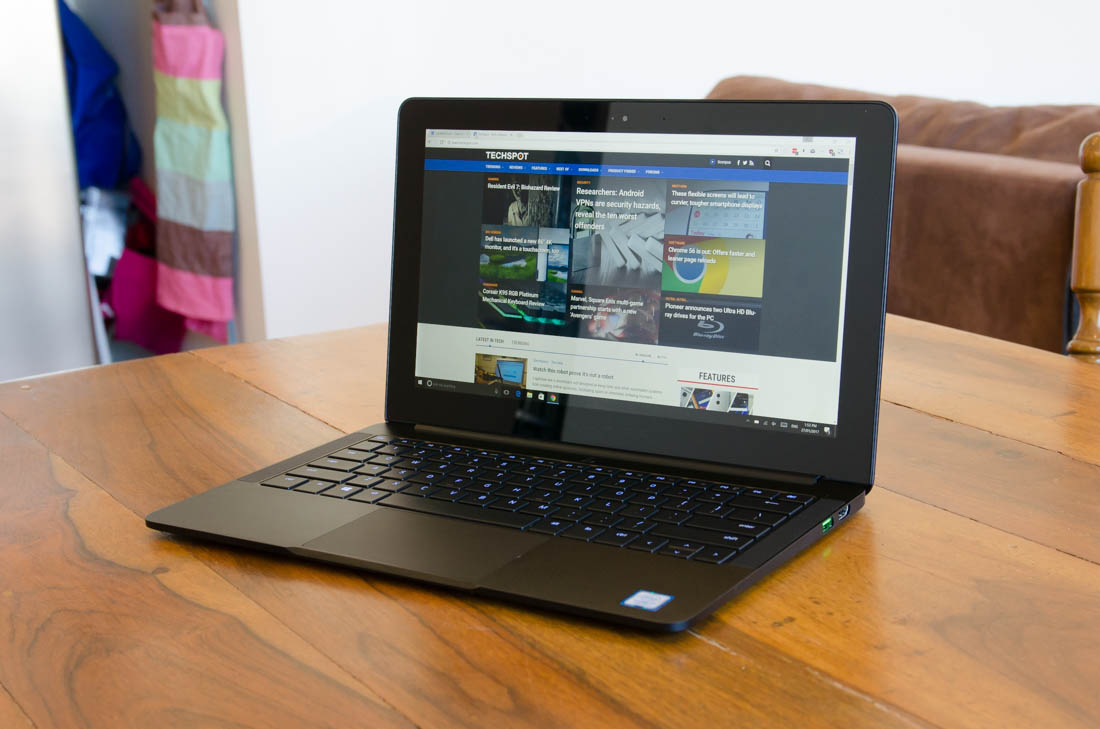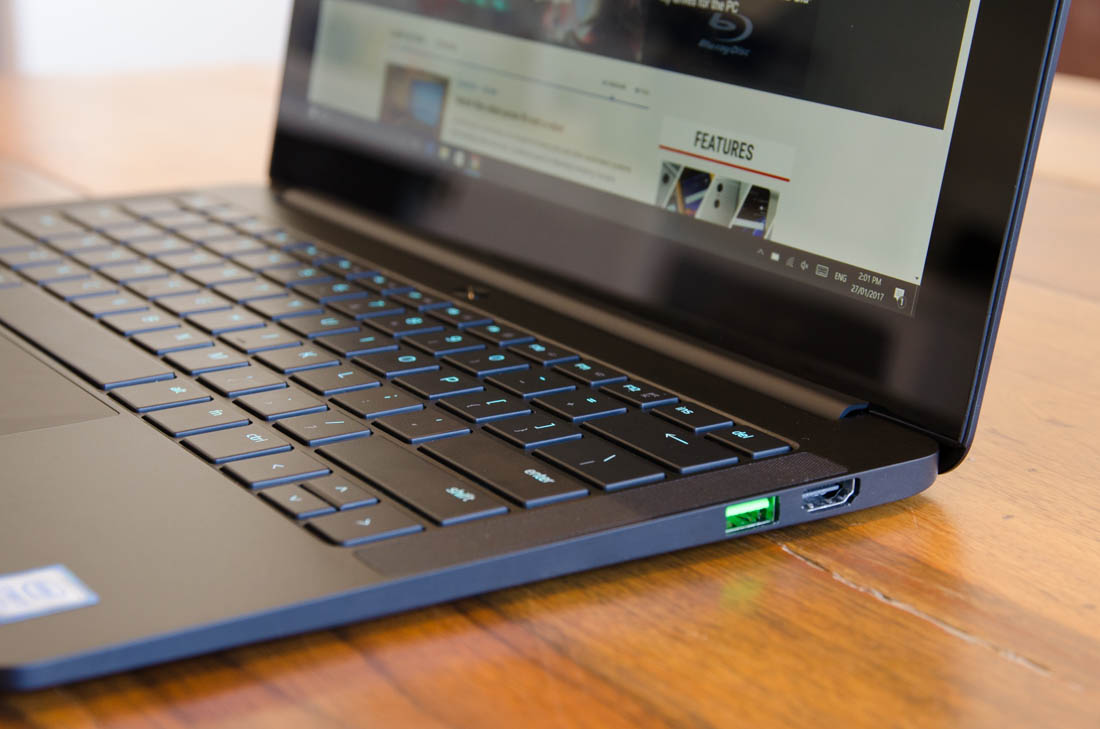It’s unexpected that Razer isn’t more popular amongst casual computer shoppers. While the organization is satisfactory recognized for its gaming peripherals and hardware, Razer has been releasing fantastically polished laptops for some years now. Sure, the Blade and Blade Pro are powerful systems designed for portable gaming as opposed to everyday work, but Razer does have one pc that competes strongly with ultraportables from the likes of Dell, HP, Apple, Lenovo and Asus.
The Blade Stealth is smallest and sleekest pc in Razer’s line-up, boasting a 12.five-inch show and powerful yet green hardware. You gained’t find a dedicated GPU internal this system, but you do get the ultra-modern Intel U-collection Core processors and other excessive-end additives typically discovered in other ultraportables of this size.
Combined with an fashionable, properly-constructed chassis, the Blade Stealth is a laptop that must be for your radar.
Read More :- Lenovo IdeaPad U260 12.5" Laptop Review
- Lenovo ThinkPad T510 Notebook Review
- Alienware Aurora m9700 SLI laptop review
- Lenovo ThinkPad T450s Laptop Review

The first technology Blade Stealth changed into brought at CES 2016 as a completely unique gaming pc/ultrabook hybrid. The idea turned into gamers could deliver around this transportable laptop, then plug it into the Razer Core – a Thunderbolt three portraits card housing – to transform it right into a gaming system at home. It was a smart idea, however the Core didn’t trap on as a lot as Razer would have appreciated, in most cases due to its excessive fee tag.
With the brand new Blade Stealth, Razer is extra targeted at the machine's strengths as an ultraportable pc for a extensive variety of consumers no longer simply game enthusiasts at the pass, calling it “the closing ultrabook.” The design is largely the same as the preceding version, however with a available inner improve to Intel’s Kaby Lake processors and a larger battery.

The outdoors of the Blade Stealth didn’t require an update for the most part. Razer has mastered the layout of stunning black metal exteriors; their laptops are a number of the maximum attractive and nicely built in the marketplace. Heavily stimulated by means of MacBook Pros, the Blade Stealth stands out with a simple yet elegant and top class layout that simply seems and looks like an pricey piece of hardware. When forking out greater than $1,000 on a product, this is the sort of experience you anticipate to receive.
Razer makes use of “aircraft grade” aluminium for almost the entirety of the Blade Stealth’s CNC-machined chassis. This creates a stunning, uniform look around the bottom and lid of this laptop, and the (generally) single-piece creation provides to its seamless visual enchantment. The most effective components of this laptop that aren’t steel are the glass display, the rubber toes, and the plastic keyboard keys.

Usually Razer products deliver a great balance among gamer elements and a more stealthy layout. The Blade Stealth falls into the latter class, as this laptop’s all-black matte finish is discreet in an appealing manner. The simplest highlights are the placing illuminated acid inexperienced logo on the lid, and the inexperienced inserts to the USB ports. This color aggregate appears brilliant, specifically as maximum laptops these days choose one among many sunglasses of silver.
The downside to an all-black laptop is it quickly turns into a fingerprint magnet. The lid, the keyboard surround, and especially the glossy glass touchscreen quick collect visible finger grease that calls for consistent cleaning. The glass is highly smooth to hold in pristine situation, however the metallic elements are more difficult to preserve. Someone who gets annoyed with a dirty pc will now not experience the Blade Stealth’s glossy finish.

While Razer hasn’t attempted to break any portability data like the HP Spectre or Asus ZenBook three, the organization has nevertheless created a totally slender and light laptop. The Blade Stealth, at 1.29 kg (2.89 lbs) heavy and thirteen.1mm thick, is slimmer than the contemporary 13-inch MacBook Pro and Dell XPS 13. It does this whilst which include a comparable battery to the MacBook Pro, and a cellular slightly smaller than the XPS 13.
The Blade Stealth features a primary selection of ports. A Thunderbolt 3 USB Type-C port for charging, connecting to the Razer Core, and use as a fashionable Thunderbolt port is seen on the left, along side a USB 3.zero Type-A port and a 3.5mm audio jack. On the right is some other USB 3.0 port and, quite, a full-sized HDMI 2.0a port that makes it clean to attach the Blade Stealth to external displays. I could have preferred to peer possibly an SD card slot and an extra USB port, but usually this port selection could be ok.
This computer is powered on via a centered energy button above the keyboard, even as speakers flank the keyboard on both aspect. Many laptops these days include either side- or bottom-firing audio system, so I recognize Razer’s work to combine those speakers such that they surely factor in the direction of your ears throughout paintings. Like maximum laptops, those audio system don’t have incredible range but are suited and convey a great degree of quantity.

The cooling answer at the Blade Stealth is easy. It consists of small vents on the bottom of the computer, at the side of a row of vents close to the hinge meeting. There is simplest one fan situated at the right-hand aspect, which intakes air from the lowest and exhausts out the hinge. This fan is frequently off and therefore silent for the duration of regular use, despite the fact that heavy workloads will see it spin up right into a quiet whine. Despite now not the use of the fan all that frequently, the Blade Stealth’s metallic chassis isn’t hot to touch, indicating the passive cooling gadget on this computer is properly designed.
The handiest main complaint I actually have with the Blade Stealth are the giant bezels across the 12.5-inch display. This ultraportable is actually a 13-inch-magnificence frame, yet the display seems small and ruled through huge black bars round each aspect. A thirteen.3-inch show and possibly even a 14-inch show would without difficulty fit inside the area allocated to the present day 12.five-inch panel, and this is a alternate I hope Razer will make in destiny models. Smaller bezels appearance better and offer a better experience.
0 Response to "Razer Blade Stealth Review"
Post a Comment